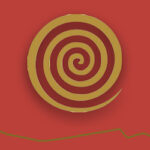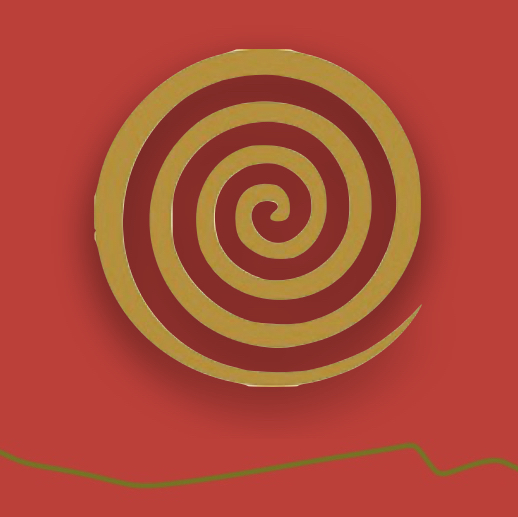
Luna Arcana, the arts and cultural print journal here in the Mojave, is a real asset to anyone who wants an authentic glimpse into life in the desert and our local community.
I’ve posted my essay in the latest issue of Luna Arcana, “What Have You Learned?,” below.
“What Have You Learned?”
“Out of all that might have happened, not much did—yet even what did was infinite.” Dick Barnes, “Omega Over the North Mojave”
I went to a community art exhibit in Joshua Tree recently, where I saw a small work of art titled “What Have You Learned?” It was a drawing of a creosote bush juxtaposed with “THE SMELL OF RAIN” written in large block letters, on a piece of a topographical map of Joshua Tree and the surrounding desert. The intended message and meaning of the piece wasn’t clear to me. I wondered if the title, “What Have You Learned?” was rhetorical, a plea, or a challenge, and I’ve been trying to answer that question ever since.
At first, I had many answers. I’ve learned that roadrunners can climb trees, for example, and that hummingbirds will drink from the misty spray of the hose when I water the creosote, and that creosote, and all of the native plants that I have thus far encountered, greatly appreciate extra water. I’ve learned that the seasons arrive in fits and starts, that this is when the winds will blow the hardest, that anything over 15 mph will get on my nerves quickly, and how to orient my outdoor furniture so the cushions don’t always blow away.
I’ve learned the length of time that the mama house finch will sit on her nest before the eggs hatch (10-14 days) and to recognize the song of the black throated sparrow. I’ve learned how to remove cholla cactus from my boot or pant leg and the best place to plant a brittlebush. I’ve learned to distinguish the speckled rattlesnake from the Mojave Green and not to fear tarantulas, because they are slow and timid and not terribly poisonous. I’ve learned that a heavy, pounding monsoon rain in August will wet only the top inch of the hard packed soil, which is primarily decomposed granite around our cabin.
I’ve learned to look at the land and see the bajadas. I’ve learned to identify the tiny desert poppy before she blooms in the spring. I’ve learned that creosote is the smell of rain and that when rain falls, the drops will always be cold.
Over the days, as my list grew, I realized that although some of my learning is expressed in new information, in the names of plants and creatures and stones, many of my lessons are experiences. Once I looked up from my work and left my seat to follow a strange huffing sound. It was a pair of desert tortoise in the vigorous act of love. I discreetly watched them copulate amid what I now know, was the last good bloom of desert marigold in the little valley below our place for almost a decade. Catching the flash of an unfamiliar shadow on the cabin wall, I pause by the window in motionless silence to observe a coyote that ventures close to drink from the birdbath. After many slow walks between my studio and the cabin, I recognize the particular posture of the one chuckwalla who deliberately waits on the rocks by the hot tub, for you to feed her desert willow blooms from the end of a sharp stick.
These moments feel like gifts to me. They are glimpses of the larger mystery that contains everything. Here in the “empty” Mojave Desert, I find myself enmeshed in a community of astounding beauty, variety, and subtlety. Being present and alert is practice, lesson, and reward. There is a fundamental truth about real life that I feel but can’t express.
I try. I try to describe this to visiting friends or get it across to ignorant officials and developers who think something must be done out here to make the desert valuable. But when I try to be sufficiently profound, I end up mouthing meaningless generalities and abstractions. I lose my place. I lose the place. I have to stay with the specifics: this moment, this rock, this creosote bush bouncing in this breeze. The desert is found in the particulars. Like music, composed of notes and silence over time, her essence resides in the dynamic relationships between all she contains in a given moment.
Miraculously, these dynamic relationships include me. In the mirror of desert immensities, in her space and silence, I see my shifting self. The desert shows me my fears, longings, and wounds, my habits, blind spots, and vulnerabilities. I see the many ways that I choose to view myself as separate and alienated, how the impulse to diminish the rocks and my fellow creatures, or to dismiss the glory of a sunrise leads to suffering. I am puny, naïve, and destructive in my ignorance and yet the desert is a generous and patient teacher, who daily offers the way back into belonging.

